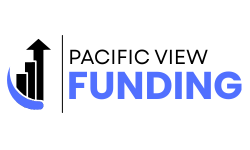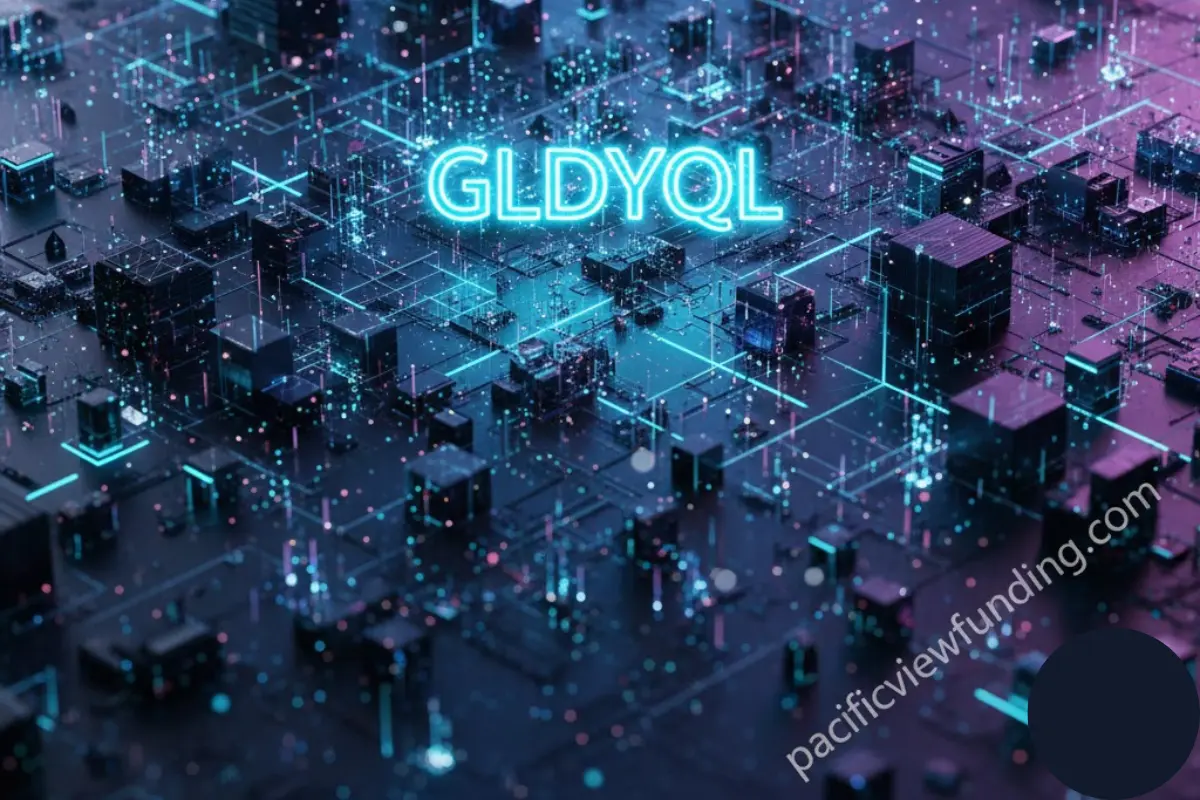In today’s fast-paced, technology-driven world, staying ahead of digital trends is essential for both individuals and businesses. One such emerging concept that has been gaining significant attention is GLDYQL. This innovative term has sparked interest across various industries for its potential to transform digital solutions, simplify complex systems, and drive efficiency in unprecedented ways. In this article, we will explore what GLDYQL is, how it works, its applications, and the impact it is set to have in the coming years.
What is GLDYQL?
GLDYQL is an acronym that represents a next-generation approach to digital innovation. While it may sound like just another buzzword, it encompasses a set of principles designed to address some of the most pressing challenges in technology, business, and even culture. The exact meaning of GLDYQL may vary depending on its use, but it is primarily associated with creating smarter, more efficient ways to solve problems using digital tools.
The core idea behind GLDYQL is its adaptability. It integrates different concepts from various fields, such as data management, software development, artificial intelligence, and user experience design. GLDYQL is not just one technology or a simple solution; rather, it represents a holistic approach to improving systems, processes, and user interactions across platforms.
The Core Principles of GLDYQL
Before diving into the practical applications of GLDYQL, it is essential to understand its guiding principles:
1. Flexibility
GLDYQL emphasizes the need for adaptable systems that can evolve with changing user needs and technological advancements. This means creating frameworks that are scalable and can accommodate new data, tools, and processes without major overhauls.
2. Efficiency
One of the key drivers behind GLDYQL is the idea of increasing efficiency. By using GLDYQL principles, organizations can reduce redundancies, optimize workflows, and streamline decision-making processes.
3. Data-Centric Approach
Data is at the heart of GLDYQL. It encourages organizations to view data not just as a collection of numbers, but as a valuable resource that can drive insights, innovation, and growth. The GLDYQL approach focuses on making data more accessible, actionable, and useful for decision-makers.
4. Collaboration and Transparency
GLDYQL promotes collaboration among diverse teams, departments, and stakeholders. By encouraging transparency and clear communication, GLDYQL ensures that everyone involved in a project understands their role and can work together effectively toward common goals.
Applications of GLDYQL
The versatility of GLDYQL allows it to be applied in various industries. Below are some of the most notable fields where GLDYQL is making a difference:
1. Technology and Software Development
In the tech world, GLDYQL has the potential to revolutionize the way software is developed, particularly in areas like data management, machine learning, and software architecture. By focusing on data accessibility and flexibility, GLDYQL enables developers to create more scalable, efficient, and user-friendly systems.
Use in Data Querying
In the realm of data querying, GLDYQL simplifies complex operations, making it easier for developers to extract valuable insights from large datasets. This is especially crucial in the age of big data, where the volume of information can overwhelm traditional querying methods.
Machine Learning and AI
Machine learning algorithms thrive on data, and GLDYQL can be used to enhance the efficiency of these algorithms. By streamlining data collection, preprocessing, and analysis, GLDYQL ensures that machine learning models can be trained faster and with more relevant information.
2. Business Operations
Business operations benefit significantly from GLDYQL’s emphasis on efficiency and data-driven decision-making. By integrating GLDYQL into core business processes, companies can streamline their workflows, improve resource allocation, and foster a more collaborative and transparent work environment.
Improved Decision Making
GLDYQL ensures that business leaders have access to the right data at the right time, empowering them to make better-informed decisions. This leads to more strategic initiatives, cost savings, and a stronger competitive edge in the market.
Optimizing Supply Chains
Supply chain management is one area where GLDYQL’s principles of flexibility and data-driven insights can make a substantial impact. With GLDYQL, businesses can adapt their supply chain strategies in real time, reducing inefficiencies and improving product delivery timelines.
3. Education
GLDYQL is not just limited to the business and tech sectors. It also has applications in education, particularly in simplifying complex concepts and enhancing learning experiences. Educators can use GLDYQL principles to create more engaging, efficient, and effective educational systems.
Personalized Learning
With GLDYQL, educators can use data to personalize learning experiences for students. By tracking progress and analyzing performance, teachers can identify areas where students may need additional help and provide tailored resources to address those gaps.
Collaborative Learning
GLDYQL encourages collaboration, which can be particularly beneficial in a classroom setting. By fostering group projects, peer-to-peer learning, and transparent communication, GLDYQL helps create a more dynamic and interactive educational environment.
4. Cultural and Social Impact
Beyond its technological and business applications, GLDYQL has the potential to influence cultural and social practices. Its emphasis on collaboration, adaptability, and transparency resonates with the values of inclusivity and cooperation.
Community Building
GLDYQL can play a significant role in building online communities, particularly in social media, gaming, and collaborative platforms. By encouraging open communication and seamless interactions, GLDYQL fosters environments where individuals from diverse backgrounds can come together to share ideas and collaborate.
Transparency in Governance
On a larger scale, GLDYQL can also be applied in governance and public administration. By promoting transparency in decision-making and encouraging citizen participation, GLDYQL helps build trust between the public and government institutions.
Benefits of GLDYQL
Implementing GLDYQL principles offers numerous benefits for both individuals and organizations. Here are just a few:
1. Clarity in Complex Systems
GLDYQL’s structured approach helps simplify complex systems, making them easier to understand and manage. This is particularly useful in fields like data analysis, software development, and business operations, where complexity can often hinder progress.
2. Enhanced Collaboration
By fostering open communication and collaboration, GLDYQL helps teams work together more effectively. This leads to improved innovation, faster problem-solving, and a more positive work culture.
3. Increased Efficiency
One of the most significant advantages of GLDYQL is its ability to increase efficiency. By eliminating redundancies, streamlining processes, and making data more accessible, GLDYQL helps individuals and organizations save time and resources.
4. Better Decision-Making
With GLDYQL, decision-makers have access to accurate, timely data that can drive informed choices. This leads to more strategic decisions and better outcomes in various sectors, from business to education.
Conclusion
GLDYQL is more than just a term; it represents a transformative shift in the way we approach digital innovation. From improving data management to fostering collaboration and transparency, GLDYQL has the potential to revolutionize industries, streamline processes, and make our digital environments more efficient and user-friendly. Whether you are in tech, business, education, or social fields, embracing GLDYQL could be the key to staying ahead in the digital age.
Call to Action: Embrace the future of digital innovation with GLDYQL. Explore its potential in your industry and take the first step toward a more efficient, collaborative, and data-driven approach today.
Frequently Asked Questions (FAQ)
1. What is GLDYQL?
GLDYQL is an acronym that represents a modern approach to digital innovation, emphasizing flexibility, efficiency, data-centric solutions, and collaboration. It is designed to address challenges across various industries, making systems and processes smarter and more adaptable.
2. How does GLDYQL benefit businesses?
GLDYQL helps businesses streamline operations, reduce redundancies, and improve decision-making by providing better access to relevant data. It fosters collaboration and transparency, making it easier for teams to work together and achieve their goals.
3. Can GLDYQL be used in education?
Yes, GLDYQL can be applied in education to enhance personalized learning, improve data-driven insights into student performance, and promote collaborative learning experiences. It helps make complex educational systems more accessible and efficient.
4. What industries can benefit from GLDYQL?
GLDYQL has applications in a wide range of industries, including technology, business, education, healthcare, and governance. Its principles can be used to optimize processes, improve decision-making, and foster collaboration across different sectors.
5. Is GLDYQL only for large organizations?
No, GLDYQL is designed to be adaptable for organizations of all sizes. Whether you’re a small startup or a large corporation, you can apply GLDYQL principles to improve efficiency, collaboration, and innovation.
6. How can I start implementing GLDYQL?
To implement GLDYQL, begin by focusing on making your systems more flexible, efficient, and data-driven. Encourage collaboration and transparency within your teams, and look for ways to simplify complex processes. As you adopt these principles, you will begin to see improvements in productivity and decision-making.

